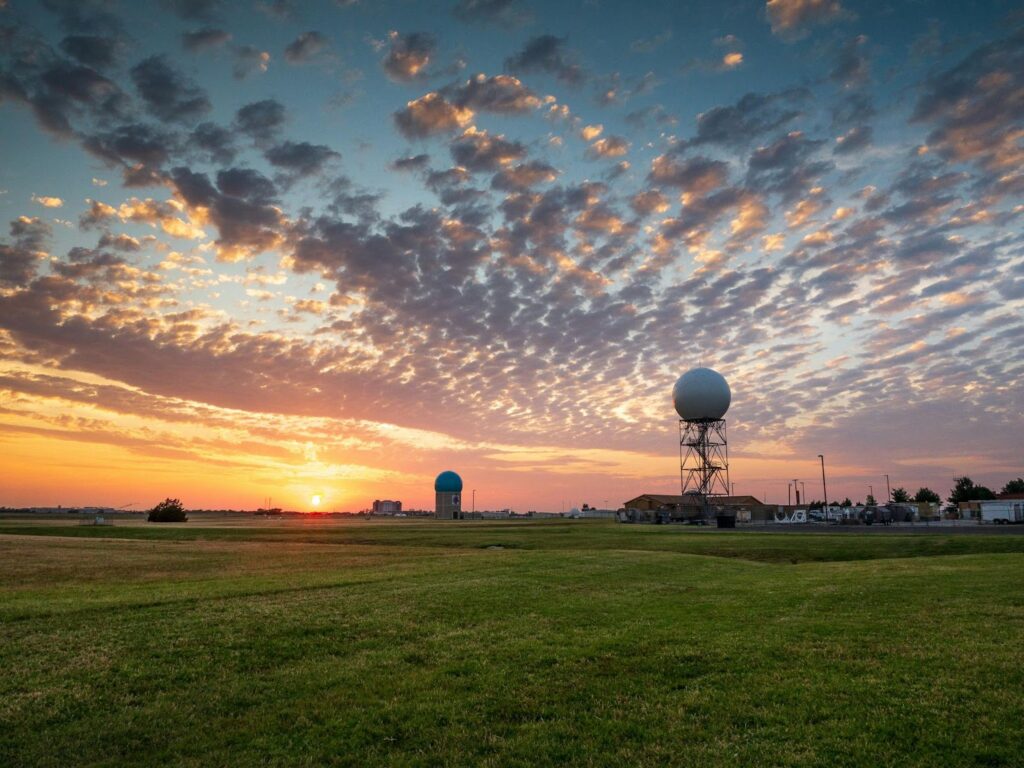
Despite having over 230 days of sunshine each year, Oklahoma is very much lacking where solar uptake is concerned.
The state ranks 45th overall for solar energy, only producing enough solar-generated electricity for 15,715 homes. Presently, 0.56% of its total energy comes from the sun.
What is the Oklahoma government doing to help persuade its residents to take up solar energy?
Not a lot, unfortunately.
However, there are still some great federal incentives that make solar in Oklahoma worthwhile, and solar energy will still go a long way toward reducing your energy bills.
Here’s what you should know.
In a Nutshell
- Aside from the US-wide solar incentives, there are no further solar incentives or rebates available in Oklahoma.
- Oklahoma has a net metering policy that requires utility companies to purchase excess solar power at avoided cost.
- Oklahoma residents can still take advantage of the federal 30% tax credit and the REAP grant (for farms and agricultural businesses only).
Oklahoma Solar Incentives

There are currently no solar incentives mandated by Oklahoma’s government and there is no indication that any will be offered in the near future.
Rest assured, we will update this article as soon as anything comes up. Fingers crossed that something is announced soon!
Net Metering in Oklahoma
Oklahoma does have net metering in place, which means you can sell your excess solar energy to the grid and receive energy credits in return. These credits are then used to reduce your energy bill.
However, the state does not employ “true” net metering, which is where a 1kWh credit is received for every 1kWh worth of solar-generated energy sent to the grid.
Instead, utility companies can buy your excess energy for what’s known as “avoided cost.” This is pretty low and generally equates to no more than 2 – 3 cents per kWh.
The Oklahoma Corporation Commission (OCC) mandates net metering and has the following rules in place:
- The system capacity limit must be 300kW or less
- There is a peak load limit of 125%
The avoid cost rates are variable and determined by each utility company and there is generally a difference between the peak and off-peak rates.
US-Wide Solar Incentives

No matter where you are based in the USA, you can take advantage of these incentives.
Federal Solar Tax Credit
The federal solar tax credit at its current amount has been extended until 2033. Those who invest in solar installations can get a 30% tax credit, which is calculated as a percentage of the cost of your solar system.
For example, a $400,000 system will provide you with a nice health tax credit of $120,000. This can be backdated for up to three years, or carried forward for up to five years.
To qualify for the tax credit, a solar system must:
- Have been placed in service in 2022 or later
- Have started the construction phase in 2033 or earlier
- Not be leased to a tax-exempt entity
- Be installed in the US
- Contain new or limited previous-use equipment
After 2033, the federal tax credit will remain but it will gradually reduce until it expires completely in 2035. If you install your system in 2033 or beyond, here’s what you’ll get:
- 2033: 26%
- 2034: 22%
- 2035: 0%
Commercial and business solar installations can increase their tax credit in quite some ways if they qualify for the following bonuses:
To claim the tax credit, you must complete form 8962 and attach it to your tax return.
USDA REAP Grant
Farmers and agricultural businesses are in an especially advantageous position to go solar.
As part of the Inflation Reduction Act, the USDA is offering (by application) the Rural Energy for America Program (REAP).
If you meet the qualifying criteria outlined below, you can get a grant for up to 50% of the cost of a solar installation (capped at a cool $1 million) and REAP will also act as your guarantor on a loan, which can finance up to 75% of the cost of the installation.
Although the application process could be improved, it’s worth going for it given that to date, all of our clients at 8760 Solar who applied for the REAP grant have been successful. Furthermore, we’ll assist you through the application process and ensure it runs as smoothly as possible.
The application windows for the grant are:
- December 31, 2023
- March 31, 2024
- June 30, 2024
- September 30, 2024
We fully expect the REAP grant to continue after 2024, but the grant amount and qualifying criteria could change.
Speaking of qualifying criteria, you can only apply for the REAP grant if:
- Your agricultural operations account for 50%+ of your gross annual income
- Your business conforms to the size standards outlined in 13 CFR 121
- The area you’re situated in has a population of or lower than 50,000
- Your business is classified as a sole proprietorship, a partnership, a corporation, a tribal corporation or business, a coop, or an electrical utility
- Your business has no outstanding delinquent federal taxes, debt, judgment, or debarments
You will find all the REAP grant information and applications here.
Should I Get Solar if I Live in Oklahoma?

The US government is really putting pressure on individual states to adopt clean energy practices and this isn’t likely to let up any time soon.
While Oklahoma isn’t promoting or helping its residents with renewable energy sources right now, it’s still a great investment to make – particularly if you are an agricultural business.
Since the state receives a lot of sunshine, you can be reasonably sure that your solar panels will generate a decent amount of power and will work to reduce your energy bills over the coming decades. And since energy bills are only set to rise, who wouldn’t want that?
If you’re worried about the upfront cost, why not check out our solar financing guide? Better still, talk to a member of our team at 8760 Solar. We are experts in providing solar energy to farms and rural businesses and we’re happy to guide you through the whole process – including applying and taking advantage of any incentives and tax credits.
Text “READY” to 719 470-0254 or get in touch via email: sales@8760solar.com and we’ll get back to you right away.
Frequently Asked Questions
Does Oklahoma Offer Solar Incentives?
Oklahoma does not presently offer any incentives or rebates for installing solar energy on a state level; however, residents still have plenty of federal incentives they can qualify for.
Are Solar Panels Worth It in Oklahoma?
Oklahoma enjoys over 230 days of sunshine each year, making it a good spot to install solar energy. While the state does not offer any incentives for solar energy, you can still reduce costs with the federal 30% tax credit.
What Is the Average Cost for Solar Panels in Oklahoma?
According to EnergySage, the average cost of solar panels in Oklahoma is $12,912 for a 5kWh solar energy system. However, costs vary greatly and depend on many factors, including the size, type, and location of the solar installation.
Can You Sell Power Back to the Grid in Oklahoma?
The Oklahoma Corporation Commission (OCC) mandates that utility companies operating in Oklahoma must purchase any excess solar-generated power. However, utilities are only obliged to purchase at avoided cost rates, which are often just 2 -3 cents per kWh.
